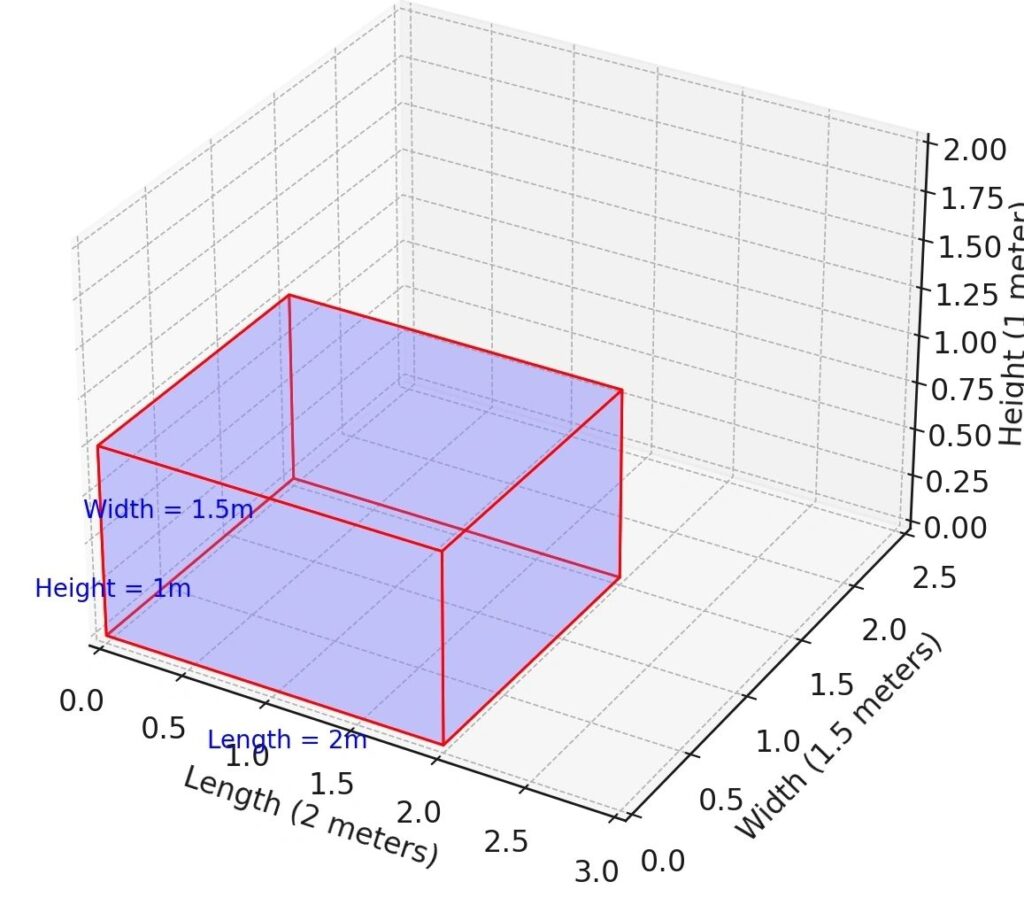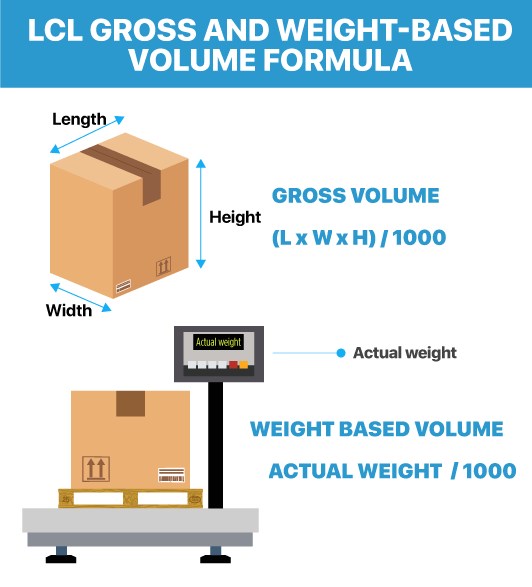Mehr Line Cargo & Shipping LLC - Vehicle Shipping Services
Volume Calculation in Cubic Meters for LCL Cargo

# Volume Calculation in Cubic Meters for LCL Cargo
CBM stands for “Cubic Meters,” a volume measure commonly used in shipping and logistics. To calculate the volume in cubic meters, you can use the following formula:
CBM=Length×Width×HeightCBM=Length×Width×Height
Please make sure that all the dimensions are in meters. Here’s a breakdown of the formula:
- Length: The length of the item in meters.
- Width: The width of the item in meters.
- Height: The height of the item in meters.
Alternative Ways of Shipping
Vehicle Shipping
Pioneering vehicle shipping services from Dubai to Russia and other CIS Countries
Container Shipping
For those seeking faster delivery, air freight is available, though it is significantly more expensive, costing around $25,000.
General Cargo
We specialize in providing tailored logistics solutions to various destinations within the CIS region, including Russia, Kazakhstan, Ukraine, Belarus, Uzbekistan, Georgia, Turkmenistan, Azerbaijan, Armenia, Tajikistan, and more.


Example Calculation
Suppose you have a box with the following dimensions:
- Length: 2 meters
- Width: 1.5 meters
- Height: 1 meter
Using the CBM formula:
CBM = 2 m×1.5 m×1 m = 3 m3
So, the volume of the box is three cubic meters.
But also…
LCL Cargo Calculation by Weight
When shipping goods internationally, Less-than-Container Load (LCL) is a cost-effective method for small shipments that do not require an entire container.
In LCL shipping, multiple customer shipments are consolidated into one container. The cost for LCL shipping is calculated based on volume (measured in cubic meters or CBM) or weight, depending on which measurement results in a higher charge. This is known as the “chargeable weight.”
Chargeable Weight: Volume vs. Weight
For LCL cargo, the chargeable weight is determined by comparing the actual weight of the cargo and the volume weight (also known as dimensional weight). The shipping cost will be based on the higher of these two values. Here’s how it works:
- Volume Calculation (CBM):
- As previously explained, the volume is calculated using the formula:
- CBM = Length × Width × Height
- For example, if a box has dimensions of 1 meter (Length) x 1 meter (Width) x 0.5 meters (Height), The volume is:
- CBM = 1 m×1 m×0.5 m = 0.5 m3
2. Weight Calculation:
The actual weight of the cargo is measured in kilograms (kg).
3. Volume Weight Calculation:
- The volume weight is calculated by converting the volume (in CBM) to weight. The standard conversion factor is 1 CBM = 1000 kg. This means if your cargo occupies 1 CBM of space, it is considered to weigh 1000 kg for billing purposes.
- For the above example with 0.5 CBM, the volume weight would be:
- Volume Weight = 0.5CBM × 1000 kg/CBM = 500kg
4. Comparing Actual Weight and Volume Weight:
- The chargeable weight will be higher than the actual and volume weights.
- For instance, if the actual weight of the cargo is 300 kg and the volume weight is 500 kg, the chargeable weight will be 500 kg since it is higher.
Example
Suppose you are shipping a small but heavy machine:
- Dimensions: 0.5m (L) x 0.5m (W) x 0.5m (H) = 0.125 CBM
- Actual Weight: 100 kg
- Volume Weight: 0.125 CBM × 1000 kg/CBM = 125 kg
In this case, the chargeable weight would be 125 kg, as it is higher than the actual weight of 100 kg.
Why Weight Matters
For small-sized cargo, the weight often determines the cost because the cargo does not occupy much space in the container but may be heavy. Shipping companies use higher actual and volume weight to cover the costs of transporting heavy items, which may require more fuel and handling effort.
Please take a look at the picture, for example.
Here’s a visual representation of how LCL cargo is calculated by weight when the cargo is not significant in size.
- Left Box (Blue): Represents the volume calculation (CBM). In this example, the cargo has a volume of 0.5 CBM (1 meter x 1 meter x 0.5 meter).
- Right Box (Green): Represents the actual weight of the cargo, which is 100 kg.
The process involves comparing the volume weight with the actual weight to determine the chargeable weight:
1. Volume Calculation:
- Volume = 0.5 CBM
2. Volume Weight Calculation:
- Volume Weight = 0.5 CBM ×× 1000 kg/CBM = 500 kg
3. Comparison:
- Actual Weight = 100 kg
- Volume Weight = 500 kg
- The chargeable weight will be the higher value, which is 500 kg in this example.
This ensures that the shipping cost reflects the cargo’s space or weight, which results in a higher charge to cover transportation costs.
Conclusion
Understanding both volume and weight is essential when calculating LCL cargo costs. The shipping cost will be based on the higher of the two values to ensure fair pricing for the space and weight your cargo occupies. This method efficiently uses container space and distributes costs fairly among all shipments within the container.
If you want the LCL shipping rate, click on me
or
Call us!
Calculation of LCL Cargo
#cargo volume weight calculation
#cargo shipment from Dubai
Shipping all Kinds To / From These Countries and Many More.



















